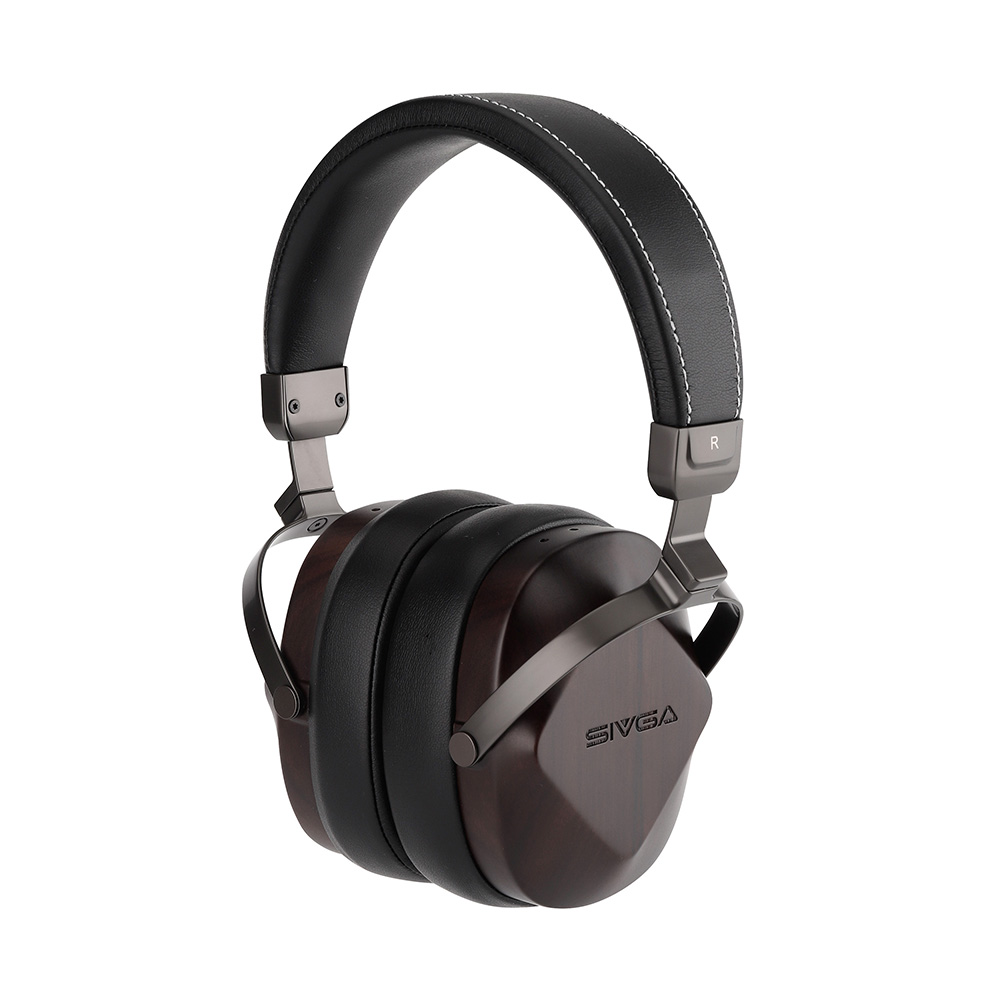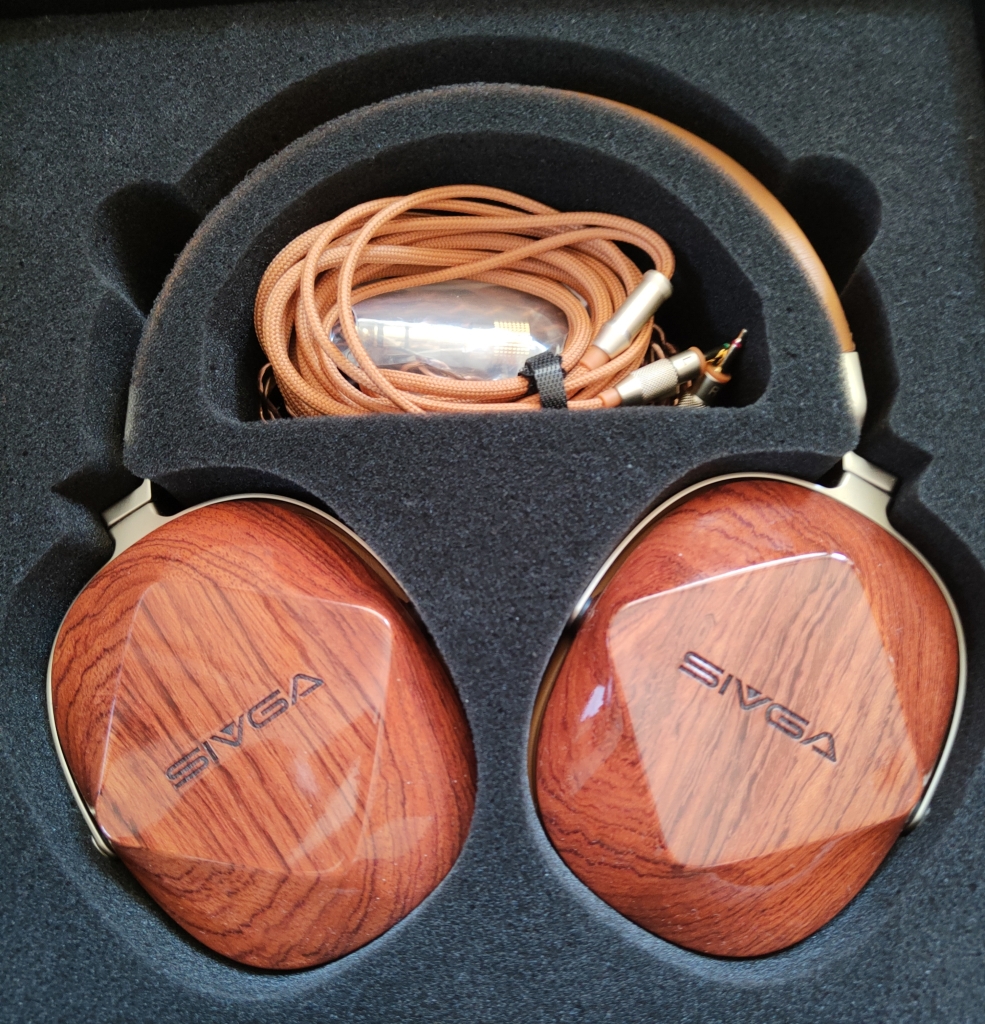
Sivga Orioles are Sivga’s newest closed-back headphones. They are priced at 238$ on their
Aliexpress store and 199$ on
Amazon. I don’t understand why they list them differently but it is what it is. You can also read the full review along with our other reviews at
mobileaudiophile.com.
Disclaimers
Without boring you too much, I don’t necessarily have a sound preference. I tend to enjoy different sound profiles as long as they do well at what they intend to do. I try to be critic in my reviews but I might be somewhat biased one way or another (Recency bias, buyer’s bias etc.). Please keep these in mind. Also, I bought Sivga Orioles as well as other headphones mentioned here with my own money. If a unit I reviewed is given or loaned to me in the future, I will say so here.
Build, Comfort and Trivia
Sivga Orioles are my third pair of Sivga headphones I owned and reviewed (you can also check out my
Sivga Phoenix and
021 Robin Reviews). I might as well become a Sivga reviewer altogether. Orioles build is almost exactly the same with 021 Robins with just a few differences. They are like 021 Robins, built with wood, leather and metal. Again, they are extremely comfortable, though 021s were just a bit more comfortable, at least for me. This time yolks can swivel and lay flat on your desk. In the box, they only included 1.6m long single ended cable with fabric coating, 6.35mm jack adapter and a hemp carrying pouch as accessories, just like 021 Robins.
Sound
Sivga Orioles have a relatively mature sound with good technicalities. There are a few things that can still be improved but after 021 Robins, I’m very impressed but them.
Bass
Orioles have a tight and controlled bass. Surprisingly they are not too bassy and there is a clear cut between mid-bass and lower mids to prevent bleeding. It is not the most natural implementation and you definitely feel something lacking, especially when bass guitars are played. On the other hand, when drums or electronic music is played, they hit hard enough. Bass extend deep into the subbass and have good rumble. Transience is good, not too fast not too slow, though I wouldn’t complain if it was faster.
Mids
Mids are the strongest suit of the Orioles. Upper mids, around 2.5 k is a little emphasized but I didn’t find vocals particularly shouty or harsh. In fact, I quite like it but I’m sure not everyone is a fan. Orioles are not particularly sibilant headphones but occasionally they can get sibilant and splashy depending on the song and the recording.
Treble
Treble on Orioles is kind of a mixed bag, although lower treble is close to neutral and not overly harsh, above 10k is emphasized a lot. It brings planar-like air and sizzle. This airy presentation is mostly something to look forward to but can also get tiring after a few hours of listening, especially if you are sensitive to treble. Other than that, it helps with the detail, clarity and makes them feel airy. They didn’t feel too splashy most of the time.
Technical Performance
Orioles surprised me with their technical performance to be honest. After being kind of let down by 021 Robins, I wasn’t expecting much but these are really great performers, especially for their price range. Detail level is very good, this time more mature tuning doesn’t hold them back. I’m not sure if the driver is the same with 021 Robins but they surely perform better here. Timbre is although pretty good, not entirely natural. Perceived sound stage is decent and Imaging is very good. For more context, check out the comparisons.
Quick Comparisons
Sivga Oriole vs. Sivga Robin
They have pretty much the same build and the same accessories. Headbands are exactly the same except Orioles’ yolks can swivel 180 degrees and lay flat. Both are very comfortable but Robins are more comfortable with their plush memory foam pads and they can accommodate larger heads and ears. Cables are also the same. They both come with fabric sheathed microphonic cable, 3.5 mm to 6.35 mm jack adapter and a hemp pouch.
Orioles are an improvement over Robins almost in every way. Robins sound thicker, muddier and splashier. Robins don’t have the bass tuck that Orioles have but they have somewhat recessed mids. Compared to Robins, Orioles have forward mids especially in the upper mids region. They both extend very good into the subbass but Orioles have more satisfying impact. Robins feel mushier compared to that.
Female vocals sound much better on Orioles. But they can get sibilant a tad more easily. Male vocals on the other hand, seem to get sibilant earlier on Robins. Male vocals have more body on Robins but bassier passages tend to mask vocals so I again liked the Orioles presentation better.
Lower treble is more emphasized on Robins and this causes them to sound splashier. But upper trebles are more or less the same. Both are very airy but also can get fatiguing with harsh recordings.
Imaging is a little blurry on Robins, Orioles’s imaging is slightly better. Perceived soundstage feels a little wider on Robins thanks to recessed mids but difference is not very big. Orioles are noticeably more detailed and resolving. Timbre is significantly better on Orioles. I’m not sure if they both have the same drivers but even if they do, inferior tonality on Robins affect the technical performance too.
Sivga Oriole vs. Fostex TH610
TH610s have a warm neutral tonality with a bit of spice in the treble region. Orioles have noticeably warmer tonality. Buildwise I’d say Orioles give more confidence. I’ve heard horror stories about the yolks of the Fostex headbands breaking. TH610s are slightly harder to drive but still quite easily driven.
Bass is much more emphasized and impactful on Orioles. Although TH610s have decent extension in the subbass, Orioles are much more pronounced in this region.
Recession between midbass and lower mids kind of messes up bass guitars also also male vocals on Orioles. They take a step back compared to TH610s. Upper mids are more forward on Orioles, compared to that TH610s again sound more natural and it also helps them to sound wider with female vocals.
Lower treble is similar on both headphones. They both can get sibilant with female vocals. But upper treble is more relaxed on TH610s without sacrificing air. They still feel airy and not as fatiguing as Orioles.
TH610s feels fresher and more open. They have a more natural presentation. Also, imaging is more precise on TH610s. Unsurprisingly in all technical aspects TH610s are superior. They are more resolving, more detailed, sound clearer and have better timbre.
Conclusion
Like I said earlier, I was pleasantly surprised by Sivga Orioles. They are a significant improvement over their own 021 Robins. While warm signature lovers might still prefer Robins over Orioles, personally I can’t find any reason to, except maybe slightly better comfort on Robins. 50$ price increase is justified in this case. Also I compared them to my TH610s just to see how far they have come and the lack of a big difference kind of frightened me. Probably with better drivers and more attention to tuning they might catch up to other wooden headphone manufacturers like Fostexes and Denons sooner than we all thought. I can’t wait to see the day when headphone companies, like IEM market, are forced to compete with budget alternatives.




















